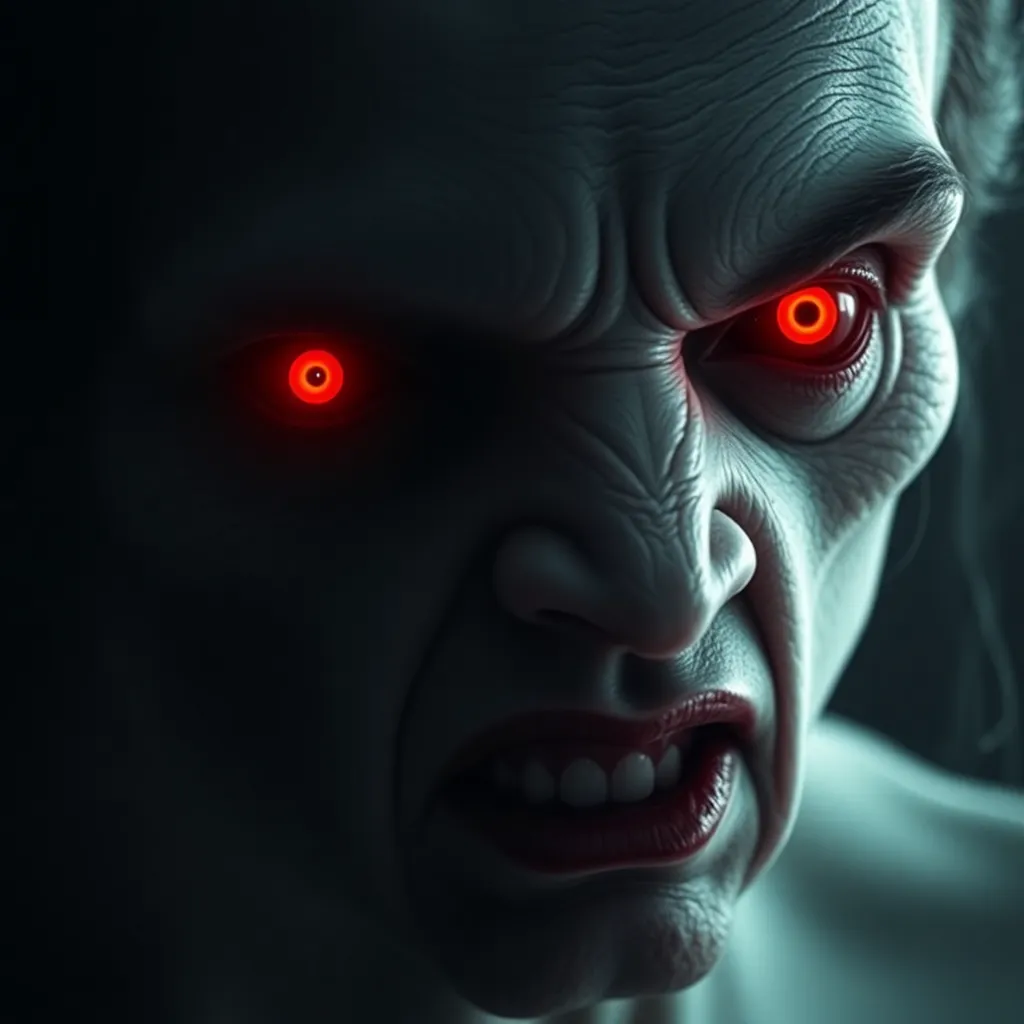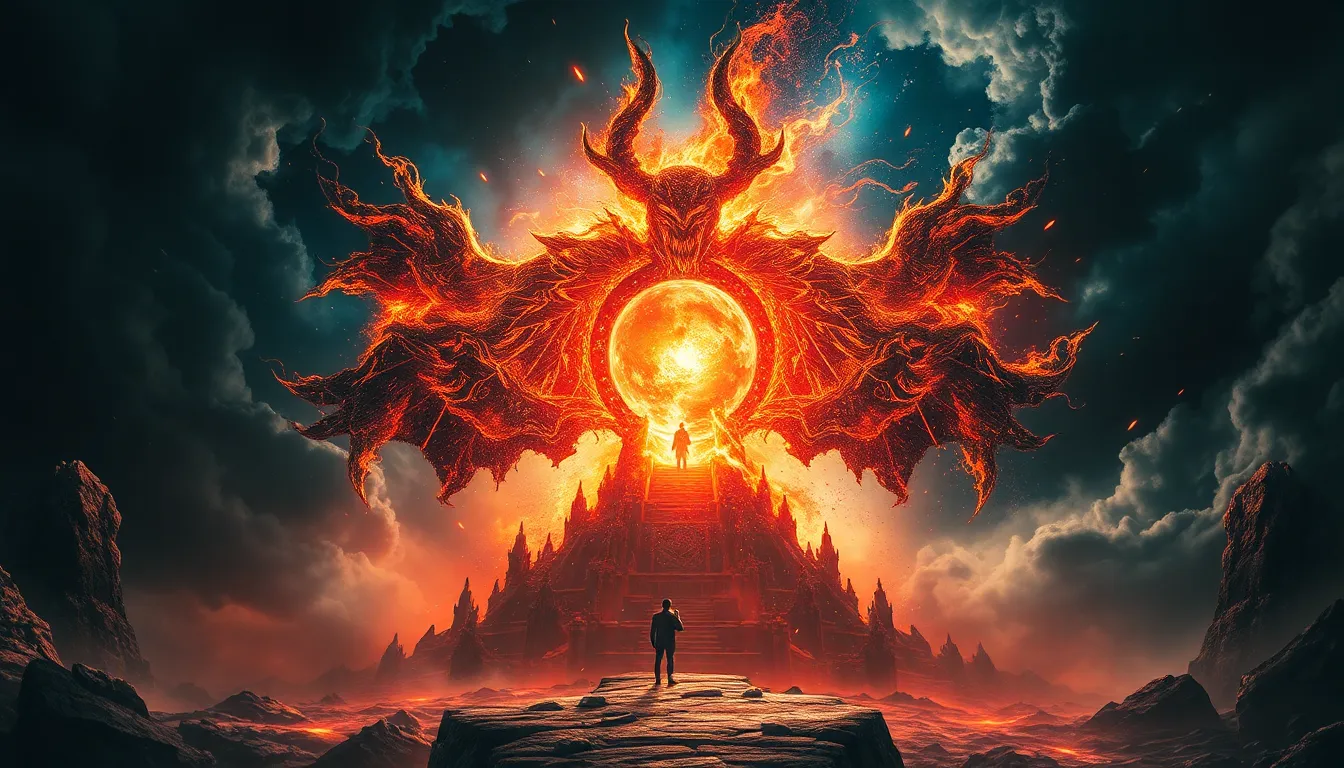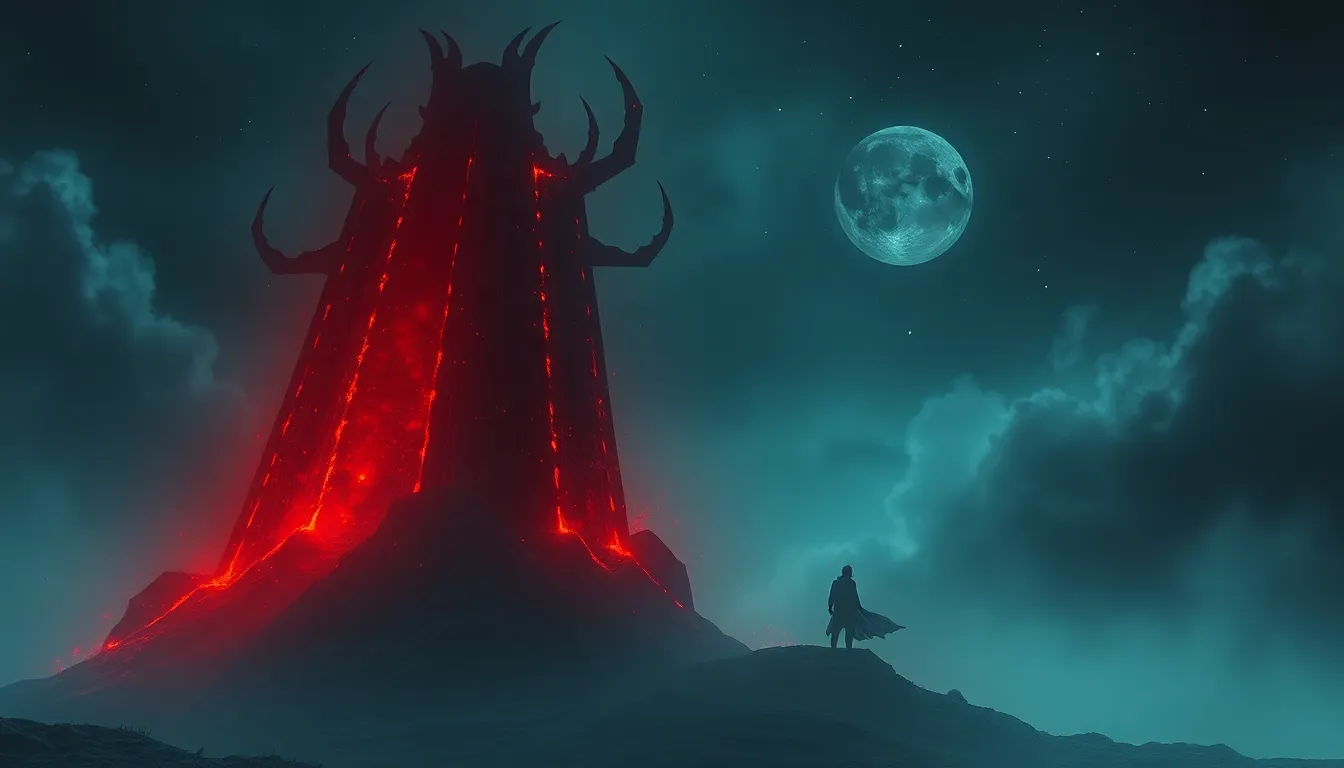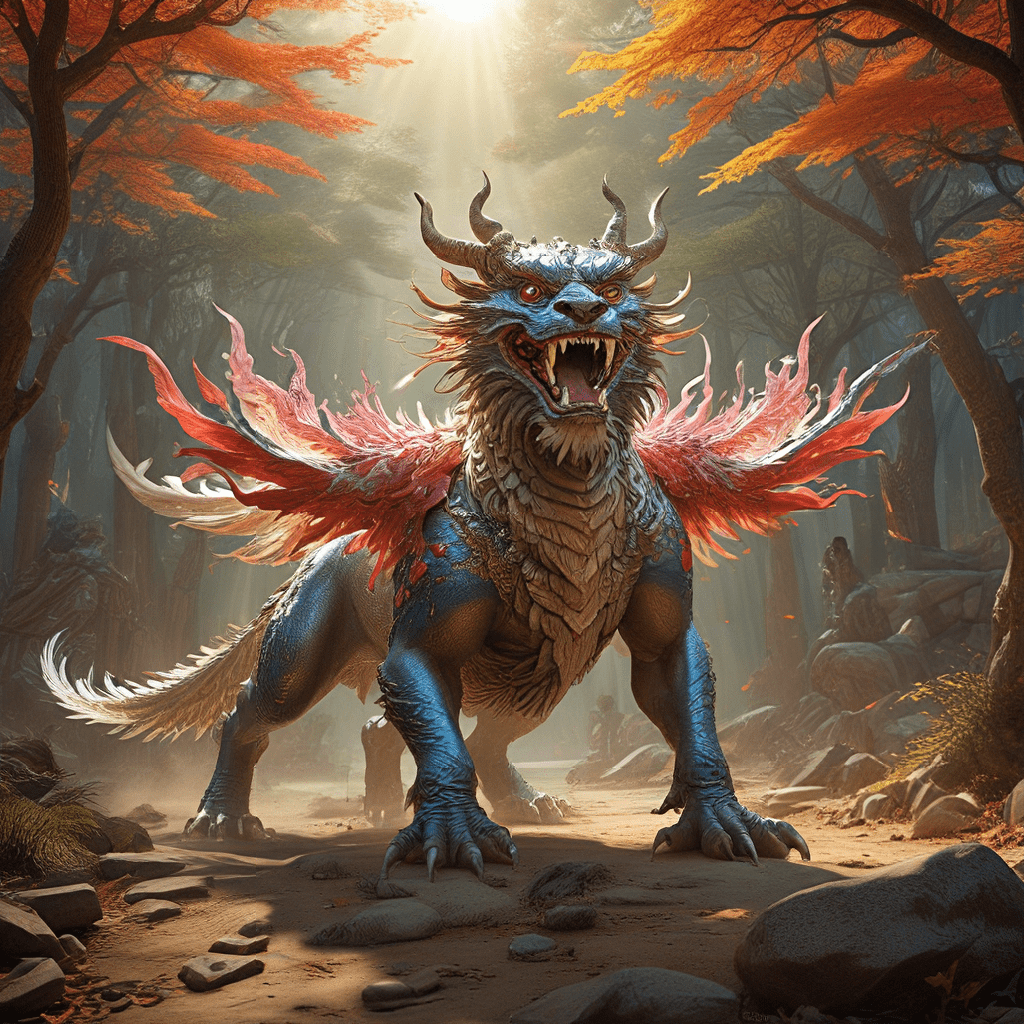Beyond the Draculas: Exploring the Diverse Faces of Strigoi
I. Introduction
The term Strigoi originates from Romanian folklore, referring to troubled spirits that rise from the grave. Often associated with vampirism, Strigoi are depicted as malevolent beings that haunt the living. This article aims to delve deeper into the rich tapestry of Strigoi lore, moving beyond the iconic figure of Dracula to uncover the various interpretations and representations of these fascinating creatures.
Strigoi hold significant cultural value in various regions, especially in Eastern Europe, where they symbolize fear of death and the unknown. Their stories reflect the societal anxieties of the times and continue to be relevant in contemporary discussions about folklore and mythology.
The purpose of this article is to explore the multifaceted nature of Strigoi, examining their historical roots, types, cultural interpretations, and the role they play in modern society.
II. Historical Origins of Strigoi
The origins of the Strigoi myth can be traced back to ancient Romanian folklore, where these entities were believed to be the restless spirits of the dead. Over the centuries, the narrative surrounding Strigoi has evolved through various cultural influences, absorbing elements from neighboring regions and other supernatural beliefs.
Historically, Strigoi are linked to other global vampire legends, creating a rich intertextual web of myths. For instance, similarities can be found between Strigoi and:
- The Slavic Upir, a blood-drinking creature.
- The Greek Vrykolakas, a reanimated corpse.
- The Anglo-Saxon revenant, a spirit that returns from the dead.
This cross-cultural comparison highlights the universal themes of death and the afterlife inherent in vampire folklore around the world.
III. Types of Strigoi
Strigoi can be categorized into two primary types:
- Strigoi Morti (the undead): These are the spirits of the deceased who have returned to haunt the living, often depicted as decaying corpses that can drain the life force from their victims.
- Strigoi Vii (living Strigoi): These are individuals who are believed to possess supernatural abilities while still alive, often characterized by their malevolent behavior and connection to witchcraft.
Each type exhibits distinct characteristics and behaviors, influencing how they are perceived within their respective cultures. For example, Strigoi Morti typically embody the fear of death and the afterlife, while Strigoi Vii represent societal fears of betrayal and the unknown.
IV. Strigoi in Popular Culture
In contemporary literature and film, Strigoi have often been overshadowed by the more popular archetype of Dracula. However, their representation has gained traction in various artistic expressions. Notable appearances include:
- Literature: Works like “The Historian” by Elizabeth Kostova delve into the lore surrounding Strigoi.
- Film: Movies such as “The Last Romanian Vampire” explore Strigoi narratives from a modern perspective.
Strigoi contrast with other vampire archetypes, such as the sophisticated Dracula, by showcasing more grotesque and primal attributes. This difference highlights a broader spectrum of vampire mythology that reflects societal fears and cultural interpretations.
V. Cultural Interpretations of Strigoi
In Romanian culture, Strigoi symbolize much more than mere horror; they embody complex themes of life, death, and the afterlife. They are often linked to agricultural cycles, fertility, and the ancestral spirits of the land.
Variations in beliefs and practices surrounding Strigoi can be found in different regions, each with unique rituals and protective measures. For example:
- In some areas, families perform rituals to appease the spirits of their ancestors to prevent them from becoming Strigoi.
- In contrast, other regions might focus on protective talismans or blessings to ward off potential Strigoi attacks.
The role of Strigoi continues to evolve, with contemporary folklore incorporating modern fears and anxieties, making them relevant in today’s cultural landscape.
VI. Strigoi and Societal Fears
Strigoi embody deep-seated fears that transcend mere superstition. They represent:
- Death: The ultimate unknown, feared across cultures.
- Disease: Historically, outbreaks of illness were often attributed to the curse of the Strigoi.
- The Unknown: These creatures evoke existential fears about what happens after death.
As reflections of societal anxieties, Strigoi narratives provide insight into the human condition, illustrating how communities confront their fears through storytelling.
VII. Contemporary Beliefs and Practices
In modern times, beliefs surrounding Strigoi persist, particularly in rural areas of Romania. Various rituals and protective measures are still employed to safeguard against these supernatural entities:
- Some individuals place garlic and herbs around their homes to deter Strigoi.
- Others participate in rituals to honor their ancestors, ensuring they do not return as restless spirits.
Furthermore, Strigoi have found a place in modern spirituality, with some practitioners incorporating them into their belief systems. There are even case studies documenting contemporary sightings or beliefs regarding Strigoi, showcasing their enduring presence in folklore.
VIII. Conclusion
The exploration of Strigoi reveals a rich tapestry of cultural beliefs and fears that have evolved over centuries. From their historical origins in Romanian folklore to their representation in popular culture, Strigoi serve as a powerful symbol of humanity’s relationship with death and the unknown.
Understanding the diverse aspects of Strigoi aids in grasping the cultural fears and myths that resonate within societies. As we continue to navigate the complexities of existence, the legacy of Strigoi endures, reminding us of the timeless narratives that shape our understanding of life, death, and everything in between.



